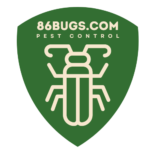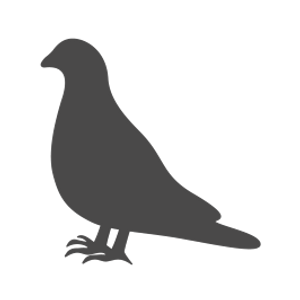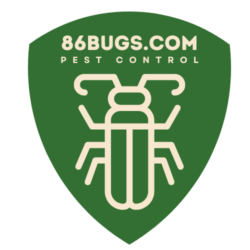Avian Nuisance Mitigation
Cormorant
Keep Cormorants away from your boat and property with 86Bugs bird control products. They are easy to install, affordable and humane to birds and other animals. We do not really have Cormorants in the Midwest, but if you know of folks living in the Cormorant area, this is useful information to pass along. As such, you may move to those areas at some point -so good info.
Cormorants can be found throughout North America in breeding areas along the Alaskan and Pacific Coast. Colonies range from several pairs to a few thousand. In large numbers, cormorants can pose a threat to fisheries and to trees and plants. Removing birds that pose a threat can only be done using humane deterrents, as they are a protected species.
Information About Cormorant Control
Cormorants are large aquatic birds with matte-black feathers and yellow-orange facial skin. They can have a wingspan of 3.6 feet and weight as much as 11 pounds. The birds are generally found along the coast in shallow inshore marine waters and on rocky islands or cliffs. They can also be seen inland, nesting in trees near freshwater lakes, reservoirs and gravel pits. Their diet consists of small eels, fish, and even water snakes. Cormorants can dive 120 to 300 feet in search of prey. After eating, cormorants regurgitate pellets containing indigestible fish bones and animal parts.

Why Cormorant Control?
Colonies growing near lakes and rivers are causing serious damage to local fish stocks. Cormorants often feed on or near commercial or recreational fisheries, or in areas designated for fish rearing purposes (aquaculture). Conflicts can also arise where fish populations or species of special conservation are threatened by cormorants. In addition, the highly acidic nature of cormorant droppings can kill trees, shrubs, and other vegetation—a costly nuisance for waterfront homes. Removal of foliage for nesting material can also cause a problem in certain areas.
How to Get Rid of Cormorants
Cormorants are protected under the Migratory Bird Treaty Act of 1918, so only non-lethal deterrents may be used to get rid of them. There are several humane options for deterring cormorants from landing or nesting on your property. It’s important to thoroughly clean up any bird droppings or nesting materials before any deterrent products are installed (cormorants are attracted to the scent of their droppings and nests). Care must be exercised, even when cleaning dried cormorant droppings, as the dust can still release airborne bacteria that can be inhaled and cause respiratory problems. Here are a few steps you can take to get rid of cormorants:
- Cormorants like to build nests in high places, including rooftops and chimneys. Installing a physical bird deterrent such as Bird Spikes or the Bird Spider will prevent them from building a nest.
- Boats, docks, and other waterfront structures offer a nice place for cormorants to perch. Install Bird Spikes or Bird Spiders in these areas to deter the birds.
Remove Food Sources
- Remove leftover food scraps or fish on docks
- Tightly close all trash containers.
Scare Tactics
Cormorants are alert to any perceived threats, so scare tactics can be highly effective.
- Create a visual distraction zone by hanging Visual Deterrents. Hang Mylar Flash Tape or Predator Eye Balloons on docks, boats and other areas to scare cormorants away.















